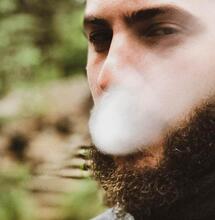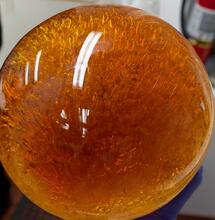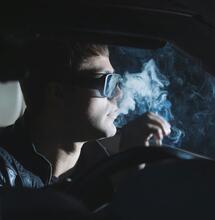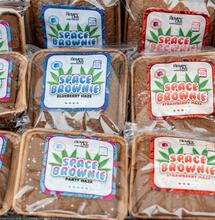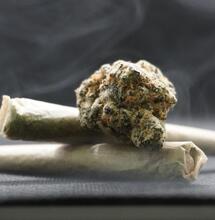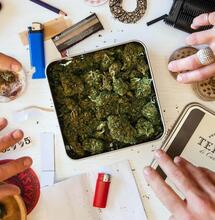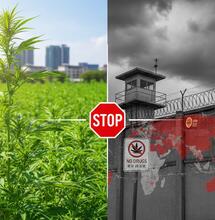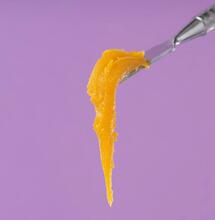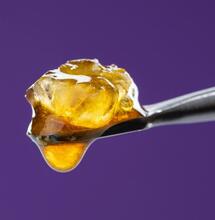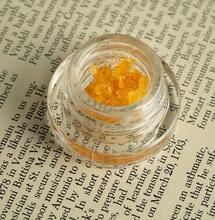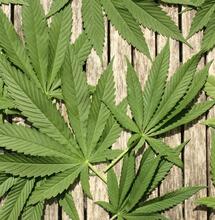The Origins of ‘Charas’ Hashish and How Is It Made?

Charas or sometimes spelled ‘charras’ is a handmade cannabis concentrate hailing high from the Indian subcontinent. One of the finest concentrates you can find on earth, it is made from live plant resin and by rubbing the plant material with bare hands. This most special handmade form of hashish is still used in religious practice, and is being regularly sold to tourists coming to India.
What is the Main Difference Between Charas and Regular Hashish?
Charas is very similar to hashish, but there’s one main difference. While hashish is made from harvested plant material, charas is made from live resin. Cannabis grows in the wild all around India, but charas in particular, has a tradition in the northern mountainous parts of the country, and it matters from which plants it’s collected. The Himalayan mountain sides where charas originated many centuries ago, are still inhabited by the same plants as well as the descendants of the people who first started making it.
Uses of Charas and Veneration of Shiva
Used for both therapeutic and religious purposes, charas and opium were sold in government shops until a ban was enforced in 1985. The unique cannabis concentrate was also available and sold in Nepal, where prohibition was forced a little bit earlier, in 1976.
However, the popularity of charas across the region has not dwindled. It is still routinely used among several Hindu sects as a means to worship and communicate with the deity of Shiva. During a prayer ritual dedicated to Shiva, charas is freely smoked, usually in a straight conical piece of clay known as chillum or chilam. A cotton cloth is used to cover the smoking end of the chillum, while another pebble-sized cone of clay is placed as a filter under the chunk of charas. As the chillum is lit up, the worshiper would chant the many names of Shiva and continue with the prayer.

How Charas is Made?
By definition, charas should be obtained only from cannabis grown at a certain elevation on the hills. Which might explain why it became so commonplace and so used in the Himalayan part of India.
The primary method to make charas is simple. It is made by rubbing selected plant material in the hands when the seeds are ripe, and scraping from the fingers the sticky dark resin that comes out. This age-old method is still used today by locals.
The 19th-century book Pharmacographia, which details medical plants and plant derivatives from Victorian times, details yet another method. A man dressed in leather would walk among the cannabis plants so that the resin adheres to the leather garment from where it would be collected again by scraping off.
The Slower It’s Made, the Better
It takes a long time to make charas by hand. An eight-hour shift would result in getting a maximum of eight grams. The standard unit for Charas is the ‘tola,’ which is 11.7 grams. That means, a day may not be enough to produce even a single tola of charas.
But the art of making charas is in the slowness. Slow rubbing is about getting higher quality concentrate. Buds are chosen from the living plants and the larger leaves are taken off. The buds are kneaded gently between the palms to allow for the trichomes to latch onto the skin. A thick, dark and shiny layer creates from the gentle rubbing. The fingers are scraped swiftly across it to get potent curls, which afterwards are rolled into small balls or finger-like forms.
Malana Cream - A Specialty
Malana is an ancient village situated over three thousands meters up in the Parvati Valley. This place is one of the most famous charas-producing centers in India. Its inhabitants have kept themselves isolated from the world for centuries, but have prospered thanks to trade. It used to be a community of wool traders in the past, but their main output today is Malana Cream, a special type of charas.
What differentiates the Malana Cream is that it’s made of numerous different plants of cannabis - phenotypes or even different strains might be in question. Think of it as something like a Michelin full-course meal; the Malana Cream charas has layers of flavors and effects that would exquisitely vary from tola to tola.
Charas cannabis concentrate is freely available in various places around India, especially in areas popular with tourists. A significant amount of charas is also illegally exported internationally, to Europe in particular and sometimes you can find it in cities such as Amsterdam.
Also read on Soft Secrets:

